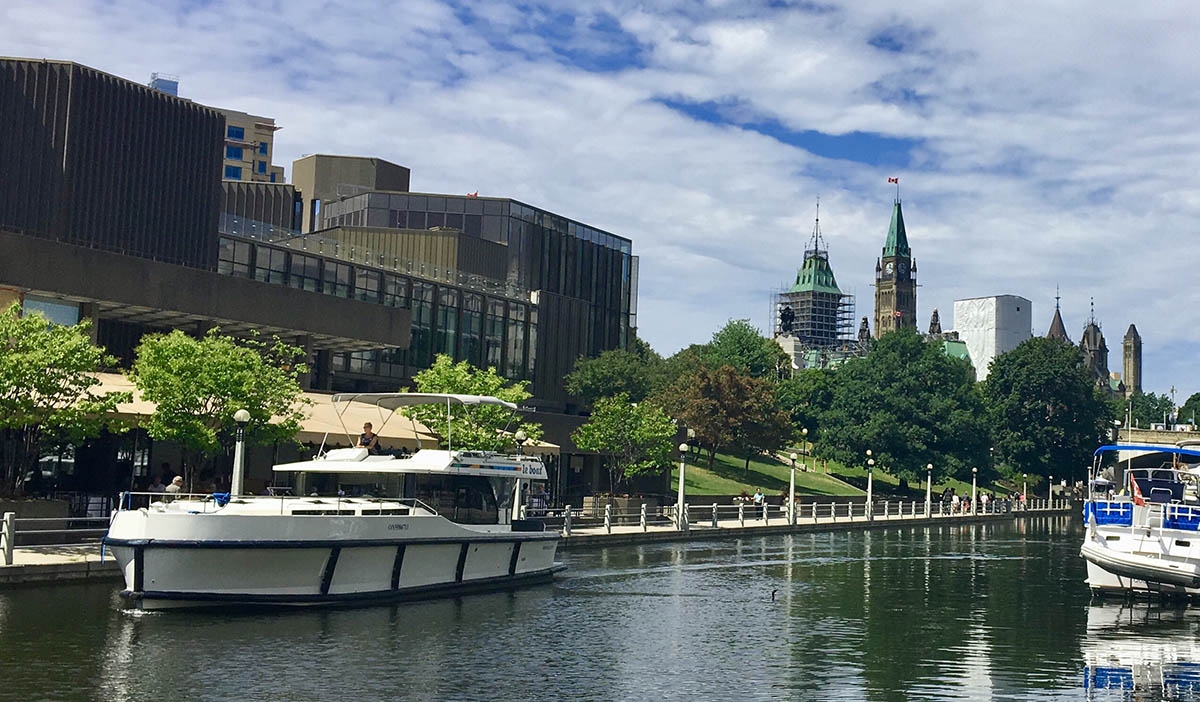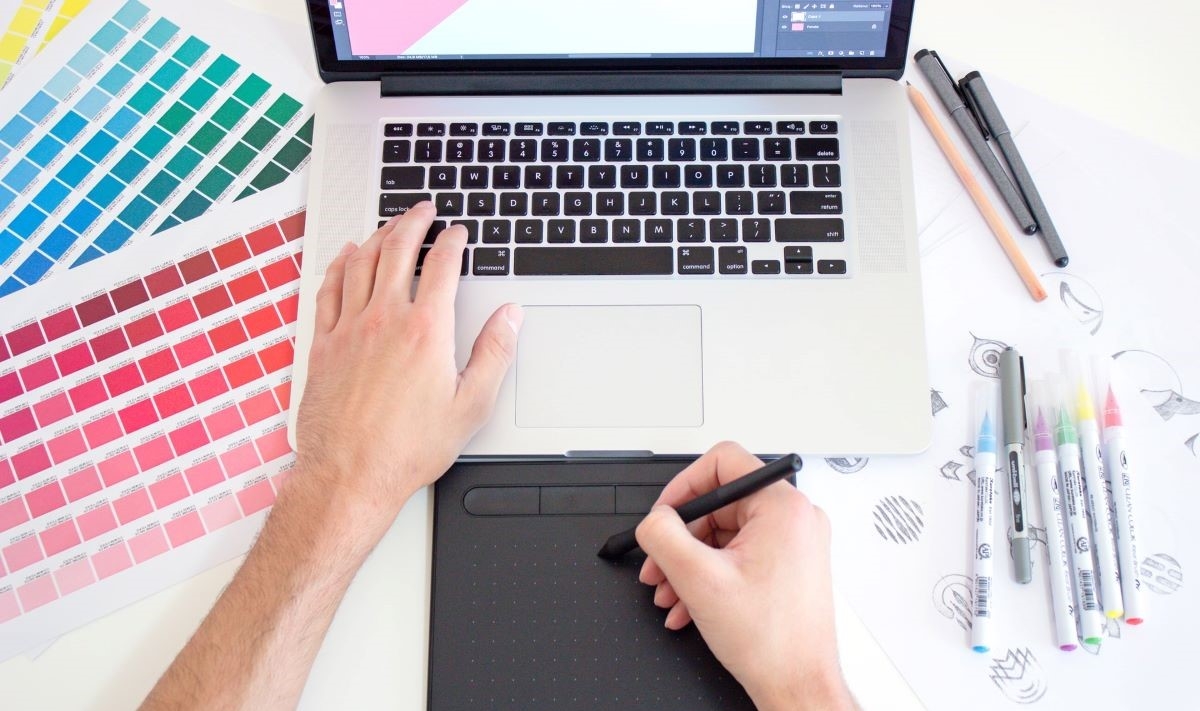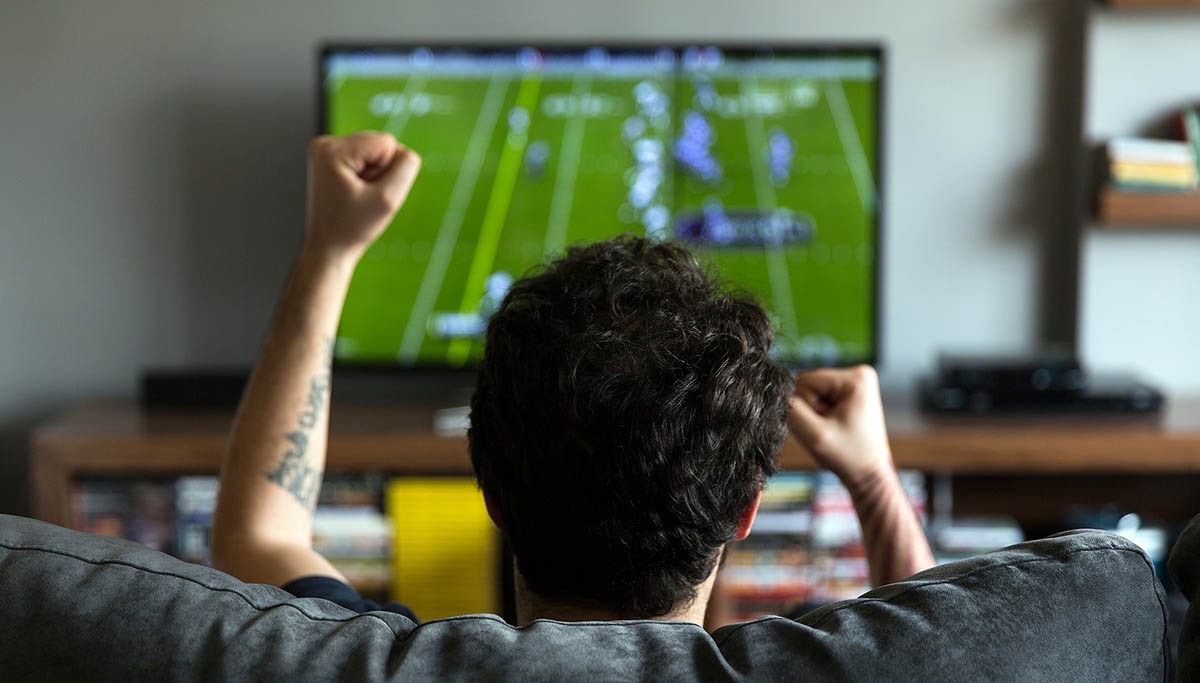
Why Should You Consider Rhinoplasty?
Rhinoplasty is a revolutionary medical procedure performed to alter the aesthetics or functionality of the patient’s nose.
Also known as a nose job, rhinoplasty may be performed with sedation and local anesthesia, or it may be performed under general anesthesia.
Different techniques are involved with rhinoplasty. For example, closed rhinoplasty involves no scarring and does not require that the skin be lifted. The produced look is more natural, and the total amount of surgical time is also lower compared to open rhinoplasty procedures.
Less trauma and faster recovery are also added benefits of the closed rhinoplasty technique. With the open form of rhinoplasty, an external incision will need to be performed on the patient’s columella.
With the closed-form of rhinoplasty, the incisions that are made are internal. All alterations are performed from inside the patient’s nostrils instead. In any event, both rhinoplasty techniques have many benefits.
For example, rhinoplasty can be used to alter the proportions, size, and shape of the patient’s nose. It can also rectify trauma defects, congenital disabilities, and breathing issues, such as fixing a deviated septum.
Here, we will discuss why you should consider rhinoplasty.
What are the Main Reasons For Getting Rhinoplasty?
Many people who suffer from sleep apnea will need to have surgery done. A deviated septum can also cause breathing difficulties. Nasal obstruction can affect a person’s ability to breathe, eat and sleep.
Snoring is a common symptom of sleep apnea, affecting a person’s social and marital life. A person with sleep apnea will temporarily stop breathing during the night. Severe sleep apnea can lead to death, so rhinoplasty can be used to save the patient’s life.
Injuries or accidents, such as getting involved in a car accident or getting injured while playing hockey, soccer, basketball, or baseball, can cause unsightly bumps to appear. Such nodes can only be completely eliminated via a nose job.
Some patients may opt to have an elective nose job because they are not satisfied with the size or shape of their nose. Many patients feel dissatisfied with their crooked nose, so they may seek a nose job to enjoy restored facial symmetry.
Rhinoplasty can help improve the self-esteem and self-confidence of the patient. It may help them get into long-term and satisfying relationships and support their long-term employment prospects.
Congenital abnormalities, such as underdevelopment, masses, clefts, and lumps, can be corrected via a nose job. For example, a patient with a gap may be shunned by their peers.
They may suffer from depression as a result, and a cleft palate can make it hard for a child to eat, talk, or even breathe properly.
Who is an Ideal Candidate for Rhinoplasty?
The person needs to be realistic in terms of their expectations. Rhinoplasty should not be seen as a panacea for any nose-related problem you may be experiencing. The patient must also not suffer from any serious and debilitating diseases, conditions, or disorders to be eligible for a rhinoplasty procedure.
For example, a heart patient on blood thinners would likely not qualify for rhinoplasty in most cases, as excessive bleeding and blood clots would be too high to risk the surgery.
You must also not smoke, as smoking increases the risk of complications, such as blood clots, and slows down the recovery and healing process. Furthermore, if you are currently nursing or pregnant, you will not be eligible until after the predetermined period.
What to Expect After Rhinoplasty Surgery
You will usually be allowed to leave the hospital or clinic a few hours after the procedure. You will need to take at least seven days off of work to recover at home. Apply ice on the nose to reduce swelling, and get plenty of rest to help accelerate healing.
You need to clean your nose thoroughly daily, but you must refrain from forceful nose blowing, as it may cause blood vessels to rupture and for stitches to come undone.
Expect nasal swelling around the surgical site for three to four days. It will gradually dissipate over time. You will be provided with painkillers to help reduce your pain, but they will only be needed for a few days.
Within a week, you should not experience any swelling, pain, or discomfort from your rhinoplasty surgery. The splints and cast will be removed, and you can resume your normal routine, including workouts.
Closing Thoughts
Rhinoplasty provides results that are long-lasting and usually permanent. You will notice marked improvements to the functioning and appearance of your nose. Facial symmetry will be restored, and self-confidence will usually improve.
Photo: iStock








